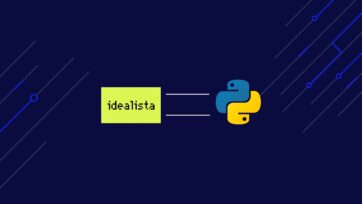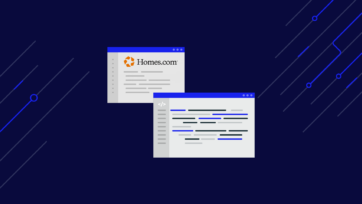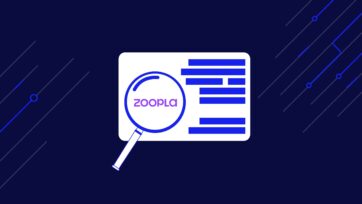If you’re a company that utilizes web scraping to help grow your business, you might find that you’re limited by time. Making decisions based on data can be difficult if you have a shallow pool of information to draw from, and you might often find that you never feel fully in control, or that opportunities are being missed.
If any of this rings true then you need to start thinking about scaling up your web scraping game! Here are a few web scraping best practices for building large-scale scrapers that will not only perform well but also will have the longevity you need to build a strong, stable business.
Building a scraper that suits you is entirely dependent on the kind of online information you’re after and the websites you are looking to get it from. Because websites vary wildly in complexity, you’re not going to find an easy solution to collect data from everywhere quickly and without fuss – the more complicated the website is, the more sophisticated your web scraper will need to be to function properly.
1. Choose the Right Web Scraping Framework
To start, one of the most important tips for web scraping is to make sure you’re choosing the right framework; this is key to the longevity and flexibility of your web scrapers. The most responsible choice is to build on an open-source framework – this not only offers you a great deal of flexibility if you want to move your scrapers around later on, but it always offers the greatest degree of customization due to the sheer amount of users working with the tool and tailoring it in interesting ways. The most widely used framework currently is Scrapy, but there are a number of other great options depending on your OS and language of choice. Python scraping probably offers the most versatility, but there are some fantastic Javascript tools available also which can be used if the sites you’re looking into are a bit more complicated to access properly.
Ultimately if you’re web scraping at scale you need to be able to control when and where you’re doing it and closed frameworks can make that process extremely difficult to control at times. On top of that, there is always the risk of the developer pulling the plug and leaving you in a position where you can’t move your web scrapers and that is a potentially disastrous situation that should be avoided.
2. Keep Your Web Scrapers Fresh
Another major consideration when you’re putting your web scrapers together is how easy it’s going to be to change them when you need to later. This could be a simple tweak or something more fundamental depending on your goals, but it’s equally important and could make or break your success.
Ultimately, websites are constantly changing and evolving. The constant flow of information is great for business, but it can be a total nightmare for web scrapers following rigid logic as when the rules change they will continue reporting even if that data is flawed and out of date. In some cases, they can even crash altogether, leaving you with no info and a lot of time wasted figuring out what happened. In order to guarantee good results, you need to be adjusting your web scrapers regularly – at least once a month – to ensure they are working optimally.
3. Test Your Data
If you don’t routinely test your data to ensure it’s being reported correctly, your web scrapers can be months out of date and functionally useless and you’ll never notice. It’s vitally important you examine your data regularly even on small-scale operations, but if you’re web scraping at scale it becomes and an absolute necessity to make sure you’re not pouring money into an activity that is producing absolutely nothing – or even worse actively working against you.
Now there are ways of smoothing this out and reducing the time you need to spend manually examining, but ultimately you need to develop some criteria for good quality information and work out a way of ensuring that it’s being reported. A good place to start would be to look at the patterns in data from specific sites, and see if you can define sections that pop up routinely and have a tool that scans your data to see if it follows the usual trajectory. If not you can then manually review it and adjust as necessary.
4. Be Mindful of Storage
Once you are at the stage where your data is validated and is coming in at a fast pace, you need to have a storage solution implemented and waiting so you don’t waste anything. If you’re starting small a simple spreadsheet will do but as you grow in size and the data you’re harvesting demands more space it’s vital you have tools lined up to store it properly.
Databases come in many forms and the optimal setup is outside the scope of this particular discussion, but a good place to start for large amounts of distributed data is a NoSQL database. The actual storage can be handled in a number of ways also from a regular server to tailored cloud database storage. However you set it up, ensure you plan ahead!
5. Understand Your Limits
It might be because you don’t need to tackle complicated projects, or it might be because you don’t have access to sophisticated data storage solutions, or simply that you currently don’t have the means to get the technical know-how required for more bespoke scraping solutions – every web scraping project has limits and long term success relies on knowing when to back off to avoid burnout. It might not be the answer you’re looking for but if you want longevity sometimes the best approach is to start relatively small scale and build and upgrade slowly over time. This way you can be sure you never outgrow your capabilities and you keep a firm hold on the quality of your data over the long term.
Whatever approach you decide to take with your next web scraping project, we hope this has been helpful to you. If you have a web scraping job you’d like to talk to us about please contact us and we’ll get back to you within 24 hours. Happy scraping!



